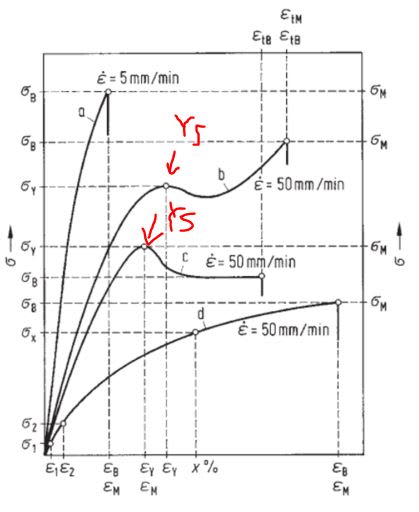Lee.Conti
Automotive
- Nov 8, 2019
- 87
Hi,
I understand from the textbook "Designing with Plastic, Erhard", yield strength is the peak of Stress Strain curve, where the slope is zero. I would like to check if this means before reaching to the top, it is still elastic for plastic? As if compared to metal, the peak of the stress strain is considered Ultimate Strength ... Thank you!

I understand from the textbook "Designing with Plastic, Erhard", yield strength is the peak of Stress Strain curve, where the slope is zero. I would like to check if this means before reaching to the top, it is still elastic for plastic? As if compared to metal, the peak of the stress strain is considered Ultimate Strength ... Thank you!

